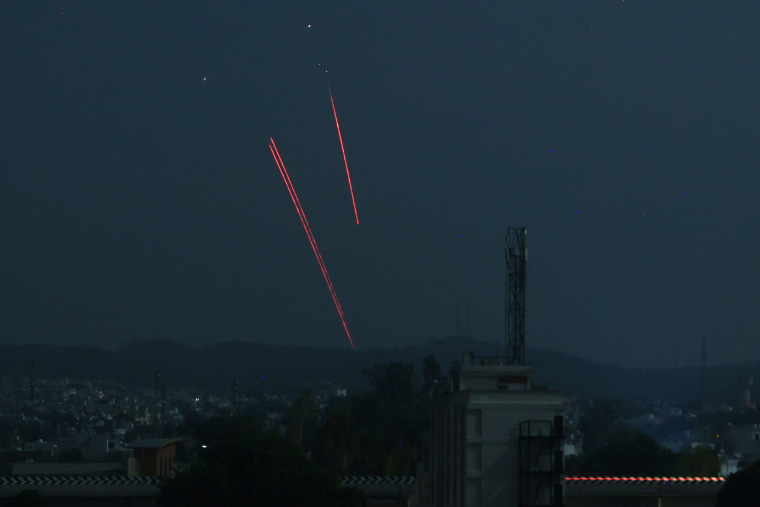Vyomika Singh: Leadership and Calm Amidst Cross-Border Crisis

The recent escalation of tensions between India and Pakistan placed military leaders in the national spotlight. One name stood out: Vyomika Singh. As a senior officer, Singh navigated an intense situation with clarity, demonstrating the value of calm leadership in crisis. This article explores Singh’s critical role, contextualizing her efforts within the broader events unfolding in Kashmir.
Vyomika Singh’s Role During Operation Sindoor
During the height of the border flare-up, information was constantly evolving. Vyomika Singh, as Wing Commander, became a trusted source for updates and reassurance. At a joint press conference, she spoke on behalf of India’s armed forces, confirming, “We have reiterated our commitment to non-escalation, provided the Pakistan side reciprocates.” This message was vital in reducing panic and helping guide public understanding of the military’s intentions.
Notably, Singh identified that the Pakistani army was mobilizing troops toward forward positions, indicating possible escalation. Her observations informed both the government and the public about the seriousness of the situation, allowing for measured responses and informed debate. Learn more about these developments in NBC News’ real-time coverage.
Context: The Kashmir Flashpoint and International Mediation
Vyomika Singh’s communications gained importance as fighting around Kashmir intensified. Both India and Pakistan exchanged fire and accusations following a tragic attack in Indian-controlled Kashmir. Singh’s public briefings highlighted India’s defensive posture and commitment to peace, provided it was mutual. Her statements contributed to the environment in which international actors, especially the United States, began mediating talks. Global leaders, like President Donald Trump, praised efforts by both nations to step towards a truce, as detailed in CNN’s live update on the ceasefire agreement.
Military Response and Public Assurance
Singh’s role was more than symbolic. She provided factual updates on attacks, noting, “[Pakistan’s forces] used drones, long-range weapons and fighter jets to attack India’s military sites.” She also reported on the consequences for civilians and outlined the Indian military's countermeasures. Singh’s ability to communicate complex details simply increased public trust at a time of competing narratives. The operation itself, known as Operation Sindoor, struck several militant targets—a fact confirmed by major newsrooms such as the Hindustan Times.
Lasting Impact of Vyomika Singh’s Actions
As the region edges toward stability, Vyomika Singh's composed leadership leaves a strong impression. Her clarity under pressure, factual communication, and commitment to non-escalation demonstrate the crucial role of military spokespeople in modern conflicts. By bridging the gap between high-level strategy and public understanding, Singh not only served her country in the field but also in the hearts and minds of its people.
Conclusion
Vyomika Singh’s presence amidst the recent India-Pakistan tensions shows the value of transparent, effective communication during national emergencies. Recognized as a steadying force, she played a crucial part in keeping the public informed while promoting peace. For more detailed updates about the ongoing situation, see comprehensive reporting from NBC News and CNN.